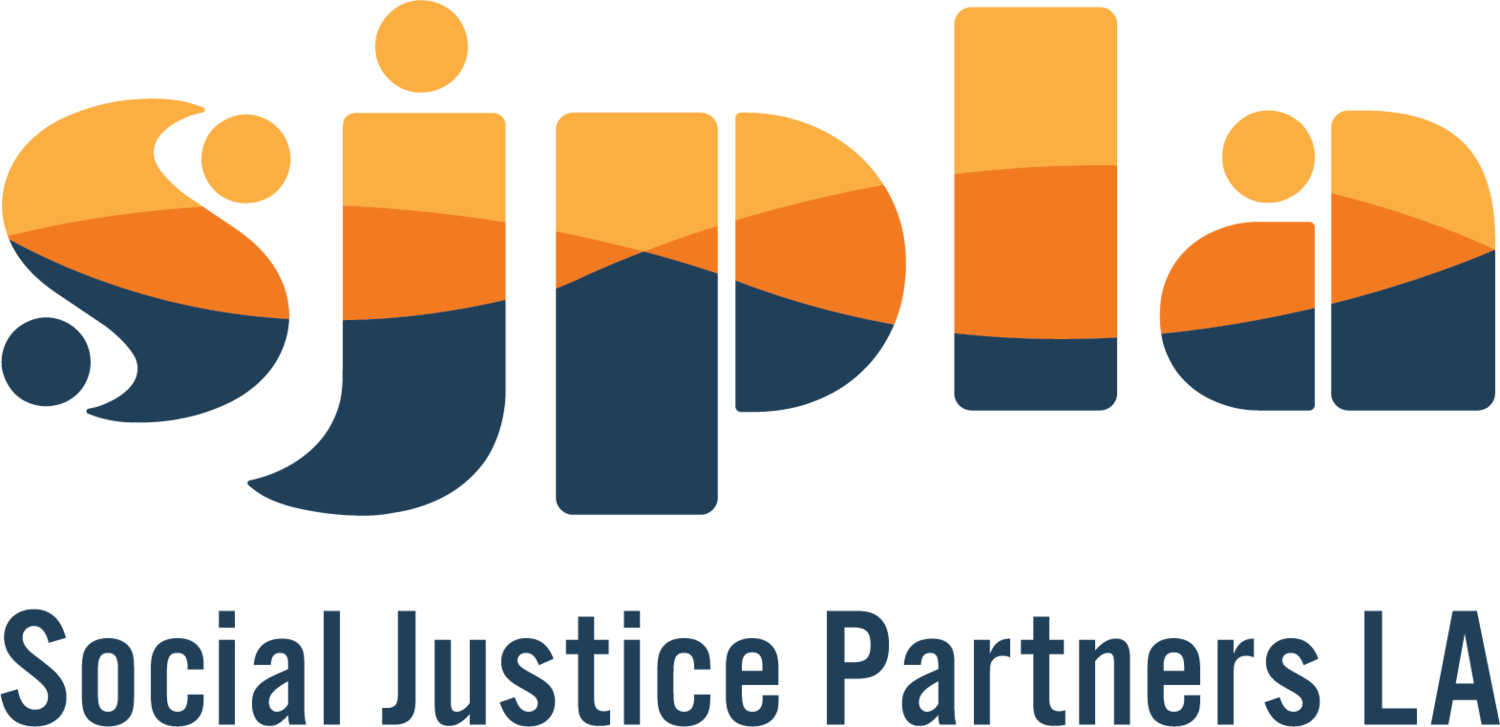6 Ways We Prepare for Quiet Time
SJPLA is now in Quiet Time from December 19th to January 6th and fully closed from December 23-January 2nd.
Quiet Time is an organization-wide practice when we slow down and turn off external meetings to create space for what each team member most needs.
We began the practice of quiet time two years ago to build rest into our calendars and push back against the drive for endless productivity that ignores the human need for rest and turning inward.
Quiet Time sounds simple enough, but the goal of Quiet Time is that it creates individual and collective renewal and doesn’t cause additional stress. We’ve learned some lessons about how to prepare for Quiet Time individually and as a team:
Natural timing
Quiet Time takes place twice a year, in the summer and at the end of the year. These are naturally slower times, as many people in our community are taking vacations, kids are often out of school, and there is a natural slowing down in the collective energy.
This timing is not a one-size-fits-all schedule. Zoom out and look at the last couple of years at your organization. As you and your team: When do team members take vacations? When are there fewer external meetings? Are there any moments during the year when our pace slows down?
Schedule far in advance
We take a look at our annual program and operations calendars, lay out the rough timelines, and we plan our schedules around Quiet Time at least a year in advance. Because our work is deeply collaborative, this ensures that we still have spacious timelines to get the work done relationally.
We don’t recommend a unilateral and short notice addition of a Quiet Time period. It leaves people rescheduling and rushing to get collaborative work done. Talk to your team about this idea, look at the calendar together, name potential tension, and collaborate if you need to shift the schedule to incorporate Quiet Time.
Border office closures
When we have full office closures, like we do the week before New Year, it’s helpful to border a week of Quiet Time before and after the week off. Often, abrupt time off causes a scramble trying to fit in work and meetings before the time off. Adding Quiet Time around time off makes the transition less abrupt and eases us into and out of weeks off.
Define Quiet Time internally
We set clear expectations for our team during quiet time in that we encourage folks to use the time for whatever supports them most, whether it’s vacation, strategy building, focused tasking, or cleaning and organizing. Anything we can do to rejuvenate personally and in the work. People on our team have taken this time to go on silent retreats, take time off, and tinker with their home offices or work at a slower, uninterrupted pace.
Set intentions
Our most successful Quiet Times are when team members set individual intentions to help each of us enter the time knowing what we want to do and how we want to feel. This helps us set expectations, helps us get to know each other’s approaches, and reinforces a culture where rest and slowing down are encouraged.
During a team meeting before quiet time, take some time to ask each team member what their intentions are. Ask them not only what they plan on doing but what they hope to feel during and after Quiet Time.
Communicate externally
We set expectations by telling external partners ahead of time and notifying people through our external communications channels and email auto-replies. We also plan ahead on any projects that involve collaborating with external partners so they know the timeline needed for us to do the work relationally.
Consider your external communication channels. How do you usually notify external stakeholders when you’re out of office or when your office is closed? Those are probably the same channels you can use to notify people of your Quiet Time. Describe the difference between Quiet Time and complete office closure, so they know what to expect. There’s also the added bonus of spreading the practice of Quiet Time.
As we continue to evolve this practice at SJPLA, we’ll keep what we’re learning, how we’re adapting, and how this fits into our ongoing goal of cultivating a liberatory workplace. If you want to learn more about creating liberatory workplaces, sign up for our newsletter.




